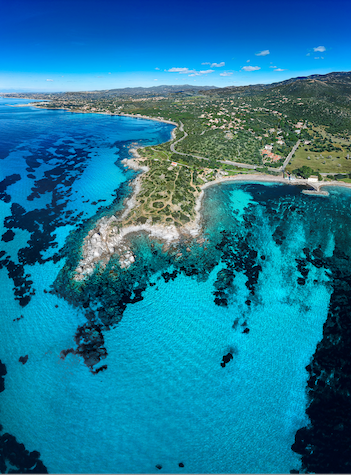Speaker
Description
Results are presented for gamma and neutron irradiation tests for SFP+ transceivers. The radiation tolerance of the electronics components used in the detector area is a key of the electronics systems at high energy physics experiments. We tested four types of SFP+ transceivers from Ficer. Gamma rays were irradiated up to O(100) Gy at the Cobalt-60 facility of Nagoya University. Neutrons were irradiated up to O(10^12) cm^-2 using the tandem accelerator at Kobe University. The results can be referred to in selecting the SFP+ transceivers for high energy physics experiments.
Summary (500 words)
The radiation tolerance of the electronics components used in the detector area is a key of the electronics systems at the LHC experiments. For example, the total ionising dose and the 1-MeV neutron equivalent flux estimated for the frontend electronics of the thin gap chamber of the ATLAS experiment are 14 Gy and 4 x 10^11 cm^-2 for an integrated luminosity of 4000 fb^-1.
We tested four types of SFP+ transceivers from Ficer: FSPP-H7-M85-X3D, FSPP-H7-M85-X3Di, FSPP-H7-M85-X3DM, and FSPP-H7-M85-X3DMi. Different data transfer rates and temperature ranges are supported by these types of SFP+. The performances of the SFP+ transceivers were tested by measuring the light intensity from the transmitter and the bit error ratio (BER) during the loopback data transfer. The light intensity was measured using Photom MiNi 211B from Graytechnos. The BER was measured using the integrated bit error ratio tester from Xilinx with KC705 evaluation kit. The transfer rates employed for the BER measurements were 2.56 Gbps, 8.0 Gbps, and 10.24 Gbps. A reference clock of 160 MHz was used for all the transfer rates.
Gamma rays were irradiated up to O(100) Gy at the Cobalt-60 facility of Nagoya University. A dedicated electronics board was prepared for supplying power to the SFP+ transceivers during the gamma ray irradiation.
Neutrons were irradiated up to O(10^12) cm^-2 using the tandem accelerator at Kobe University. The neutrons were produced from a beryllium target bombarded with deuterons with the energy in the range 2.6-2.8 MeV depending on the operation period. The produced neutrons have an energy distribution with the peak at around 2 MeV. Non-ionising energy loss was targeted to be studied, and thus no power was supplied to the SFP+ transceivers during the neutron irradiation.
A positive result was obtained for the use in the thin gap chamber electronics of the ATLAS experiment at HL-LHC. The result can be referred to in selecting the SFP+ transceivers for high energy physics experiments.
